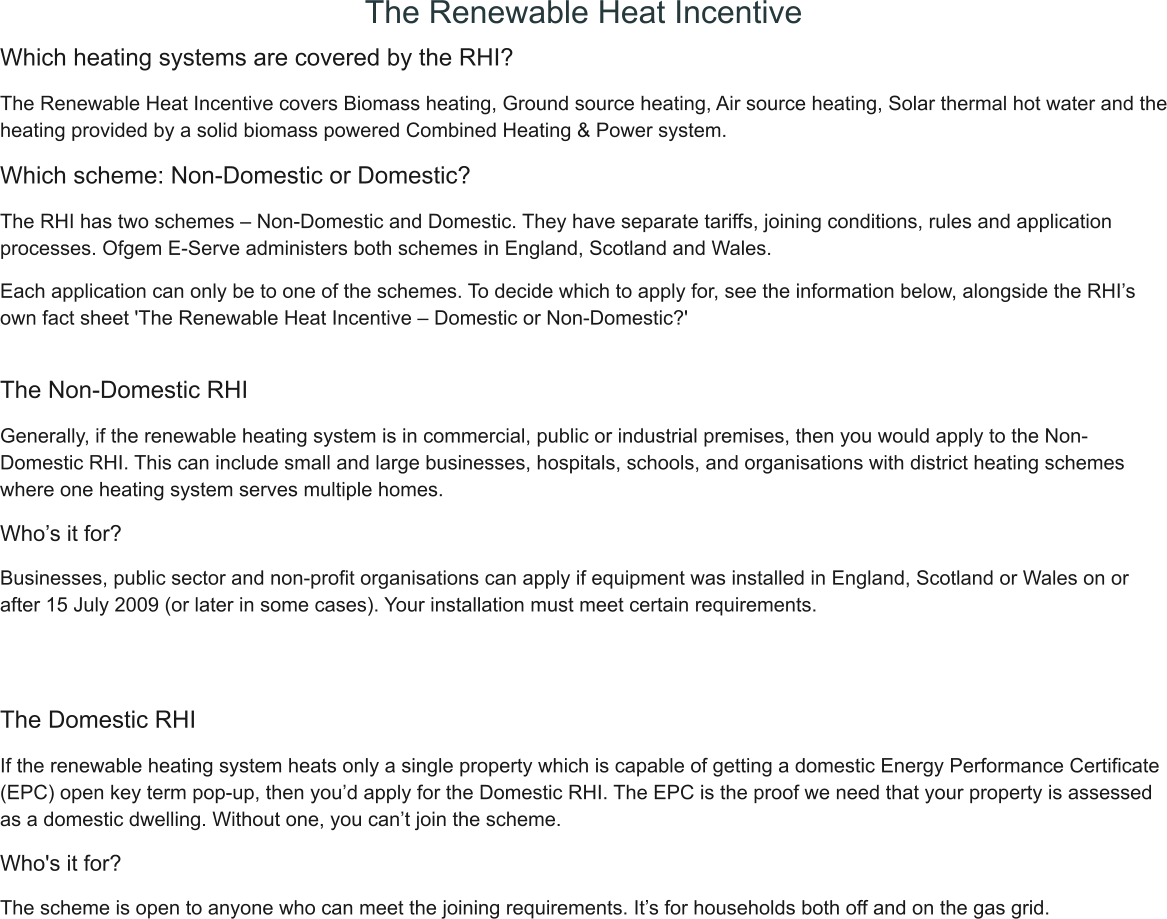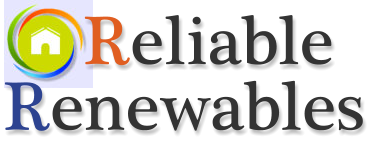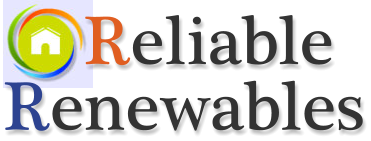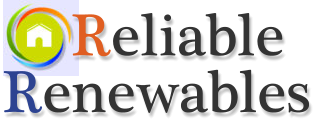


We provide all the proper information and certification required for successful applications for both
RHI grants and Feed in Tariffs along with complete support and assistance throughout the whole
application.
The Feed in Tariff
The Feed-in Tariffs (FIT) scheme is a government programme designed to promote the uptake of small-scale renewable and low-
carbon electricity generation technologies.
Introduced on 1 April 2010, the scheme requires participating licensed electricity suppliers to make payments on both generation
and export from eligible installations.
Who’s the scheme for?
The FIT scheme is available for anyone who has installed, or is looking to install, one of the following technology types up to a
capacity of 5MW, or 2kW for micro-CHP:
Solar photovoltaic (PV)
Wind
Micro combined heat and power (CHP)
Hydro
Anaerobic digestion (AD)
Our FAQs provide an overview of the scheme and its eligibility requirements.
How does the scheme work?
If your application is successful, you will receive FIT payments for the electricity your installation has generated and exported each
time you submit a meter reading to your FIT licensee.
The generation and export tariff rates you will receive are dependent on a number of factors. For more information please see our
application page. You can also find our latest tariff tables on our website.
You will then receive FIT payments from your FIT licensee from the eligibility date of your installation. You’ll continue to receive
payments for the duration of the eligibility period.

We provide all the proper information and certification required for a successful application for a RHI grant and
provide complete support and assistance through the whole application with all our installations.
Which heating systems are covered by the RHI?
The Renewable Heat Incentive covers Biomass heating, Ground source heating, Air source heating, Solar thermal hot water and the
heating provided by a solid biomass powered Combined Heating & Power system.
Which scheme: Non-Domestic or Domestic?
The RHI has two schemes – Non-Domestic and Domestic. They have separate tariffs, joining conditions, rules and application processes.
Ofgem E-Serve administers both schemes in England, Scotland and Wales.
Each application can only be to one of the schemes. To decide which to apply for, see the information below, alongside the RHI’s own
factsheet 'The Renewable Heat Incentive – Domestic or Non-Domestic?'
The Non-Domestic RHI
Generally, if the renewable heating system is in commercial, public or industrial premises, then you would apply to the Non-Domestic RHI.
This can include small and large businesses, hospitals, schools, and organisations with district heating schemes where one heating system
serves multiple homes.
Who’s it for?
Businesses, public sector and non-profit organisations can apply if equipment was installed in England, Scotland or Wales on or after 15
July 2009 (or later in some cases). Your installation must meet certain requirements.
The Domestic RHI
If the renewable heating system heats only a single property which is capable of getting a domestic Energy Performance Certificate (EPC)
open key term pop-up, then you’d apply for the Domestic RHI. The EPC is the proof we need that your property is assessed as a domestic
dwelling. Without one, you can’t join the scheme.
Who's it for?
The scheme is open to anyone who can meet the joining requirements. It’s for households both off and on the gas grid.
The Renewable Heat Incentive



The Feed-in Tariffs (FIT) scheme is a government programme designed to promote the uptake of small-scale
renewable and low-carbon electricity generation technologies.
Introduced on 1 April 2010, the scheme requires participating licensed electricity suppliers to make payments
on both generation and export from eligible installations.
Who’s the scheme for?
The FIT scheme is available for anyone who has installed, or is looking to install, one of the following
technology types up to a capacity of 5MW, or 2kW for micro-CHP:
Solar photovoltaic (PV)
Wind
Micro combined heat and power (CHP)
Hydro
Anaerobic digestion (AD)
Our FAQs provide an overview of the scheme and its eligibility requirements.
How does the scheme work?
If your application is successful, you will receive FIT payments for the electricity your installation has generated
and exported each time you submit a meter reading to your FIT licensee.
The generation and export tariff rates you will receive are dependent on a number of factors. For more
information please see our application page. You can also find our latest tariff tables on our website.
You will then receive FIT payments from your FIT licensee from the eligibility date of your installation. You’ll
continue to receive payments for the duration of the eligibility period.
Biomass Installer Yorkshire
Balcas Brites
Biomass Pellet Supplier
Biomass Boilers Yorkshire
Biomass Boilers
Biomass Yorkshire
MCS
AECB
Biomass Lancashire
Biomass Heating Yorkshire
Biomass Heating
Solar Heating
Biomass Boilers
Solar PV
Biomass heat Yorkshire
Fit Tarriffs
ASHP Yorkshire
ASHP Lancashire
GSHP Yorkshire
ASHP Lancashire
We provide all the proper information and certification
required for a successful application for a RHI grant and
provide complete support and assistance through the
whole application with all our installations.
Which heating systems are covered by the RHI?
The Renewable Heat Incentive covers Biomass heating, Ground
source heating, Air source heating, Solar thermal hot water and the
heating provided by a solid biomass powered Combined Heating &
Power system.
Which scheme: Non-Domestic or Domestic?
The RHI has two schemes – Non-Domestic and Domestic. They
have separate tariffs, joining conditions, rules and application
processes. Ofgem E-Serve administers both schemes in England,
Scotland and Wales.
Each application can only be to one of the schemes. To decide which
to apply for, see the information below, alongside the RHI’s own
factsheet 'The Renewable Heat Incentive – Domestic or Non-
Domestic?'
The Non-Domestic RHI
Generally, if the renewable heating system is in commercial, public
or industrial premises, then you would apply to the Non-Domestic
RHI. This can include small and large businesses, hospitals, schools,
and organisations with district heating schemes where one heating
system serves multiple homes.
Who’s it for?
Businesses, public sector and non-profit organisations can apply if
equipment was installed in England, Scotland or Wales on or after 15
July 2009 (or later in some cases). Your installation must meet
certain requirements.
The Domestic RHI
If the renewable heating system heats only a single property which is
capable of getting a domestic Energy Performance Certificate (EPC)
open key term pop-up, then you’d apply for the Domestic RHI. The
EPC is the proof we need that your property is assessed as a
domestic dwelling. Without one, you can’t join the scheme.
Who's it for?
The scheme is open to anyone who can meet the joining
requirements. It’s for households both off and on the gas grid.
The Renewable Heat Incentive


The Feed-in Tariffs (FIT) scheme is a government programme
designed to promote the uptake of small-scale renewable and low-
carbon electricity generation technologies.
Introduced on 1 April 2010, the scheme requires participating
licensed electricity suppliers to make payments on both generation
and export from eligible installations.
Who’s the scheme for?
The FIT scheme is available for anyone who has installed, or is
looking to install, one of the following technology types up to a
capacity of 5MW, or 2kW for micro-CHP:
Solar photovoltaic (PV)
Wind
Micro combined heat and power (CHP)
Hydro
Anaerobic digestion (AD)
Our FAQs provide an overview of the scheme and its eligibility
requirements.
How does the scheme work?
If your application is successful, you will receive FIT payments for
the electricity your installation has generated and exported each
time you submit a meter reading to your FIT licensee.
The generation and export tariff rates you will receive are dependent
on a number of factors. For more information please see our
application page. You can also find our latest tariff tables on our
website.
You will then receive FIT payments from your FIT licensee from the
eligibility date of your installation. You’ll continue to receive
payments for the duration of the eligibility period.

We provide all the proper information and
certification required for a successful
application for a RHI grant and provide
complete support and assistance through the
whole application with all our installations.
Which heating systems are covered by the
RHI?
The Renewable Heat Incentive covers Biomass heating,
Ground source heating, Air source heating, Solar
thermal hot water and the heating provided by a solid
biomass powered Combined Heating & Power system.
Which scheme: Non-Domestic or Domestic?
The RHI has two schemes – Non-Domestic and
Domestic. They have separate tariffs, joining conditions,
rules and application processes. Ofgem E-Serve
administers both schemes in England, Scotland and
Wales.
Each application can only be to one of the schemes. To
decide which to apply for, see the information below,
alongside the RHI’s own factsheet 'The Renewable Heat
Incentive – Domestic or Non-Domestic?'
The Non-Domestic RHI
Generally, if the renewable heating system is in
commercial, public or industrial premises, then you
would apply to the Non-Domestic RHI. This can include
small and large businesses, hospitals, schools, and
organisations with district heating schemes where one
heating system serves multiple homes.
Who’s it for?
Businesses, public sector and non-profit organisations
can apply if equipment was installed in England,
Scotland or Wales on or after 15 July 2009 (or later in
some cases). Your installation must meet certain
requirements.
The Domestic RHI
If the renewable heating system heats only a single
property which is capable of getting a domestic Energy
Performance Certificate (EPC) open key term pop-up,
then you’d apply for the Domestic RHI. The EPC is the
proof we need that your property is assessed as a
domestic dwelling. Without one, you can’t join the
scheme.
Who's it for?
The scheme is open to anyone who can meet the joining
requirements. It’s for households both off and on the gas
grid.
The Renewable Heat
Incentive



The Feed-in Tariffs (FIT) scheme is a government
programme designed to promote the uptake of
small-scale renewable and low-carbon electricity
generation technologies.
Introduced on 1 April 2010, the scheme requires
participating licensed electricity suppliers to make
payments on both generation and export from
eligible installations.
Who’s the scheme for?
The FIT scheme is available for anyone who has
installed, or is looking to install, one of the following
technology types up to a capacity of 5MW, or 2kW
for micro-CHP:
Solar photovoltaic (PV)
Wind
Micro combined heat and power (CHP)
Hydro
Anaerobic digestion (AD)
Our FAQs provide an overview of the scheme and
its eligibility requirements.
How does the scheme work?
If your application is successful, you will receive
FIT payments for the electricity your installation has
generated and exported each time you submit a
meter reading to your FIT licensee.
The generation and export tariff rates you will
receive are dependent on a number of factors. For
more information please see our application page.
You can also find our latest tariff tables on our
website.
You will then receive FIT payments from your FIT
licensee from the eligibility date of your installation.
You’ll continue to receive payments for the duration
of the eligibility period.
Tel: 01282 786900 Mob: 07790 215 065
© 2016 Reliable Renewables Ltd.

Government Grants

Tel: 01282 786900 Mob: 07790 215 065
© 2016 Reliable Renewables Ltd.
Government Grants

07790 215 065
© Copyright Reliable Renewables Ltd 2016
Tel:
01282 786900
Mob:
Government Grants

© Copyright Reliable Renewables Ltd 2016
Tel:
01282 786900
Mob:
07790 215 065
Government Grants




























